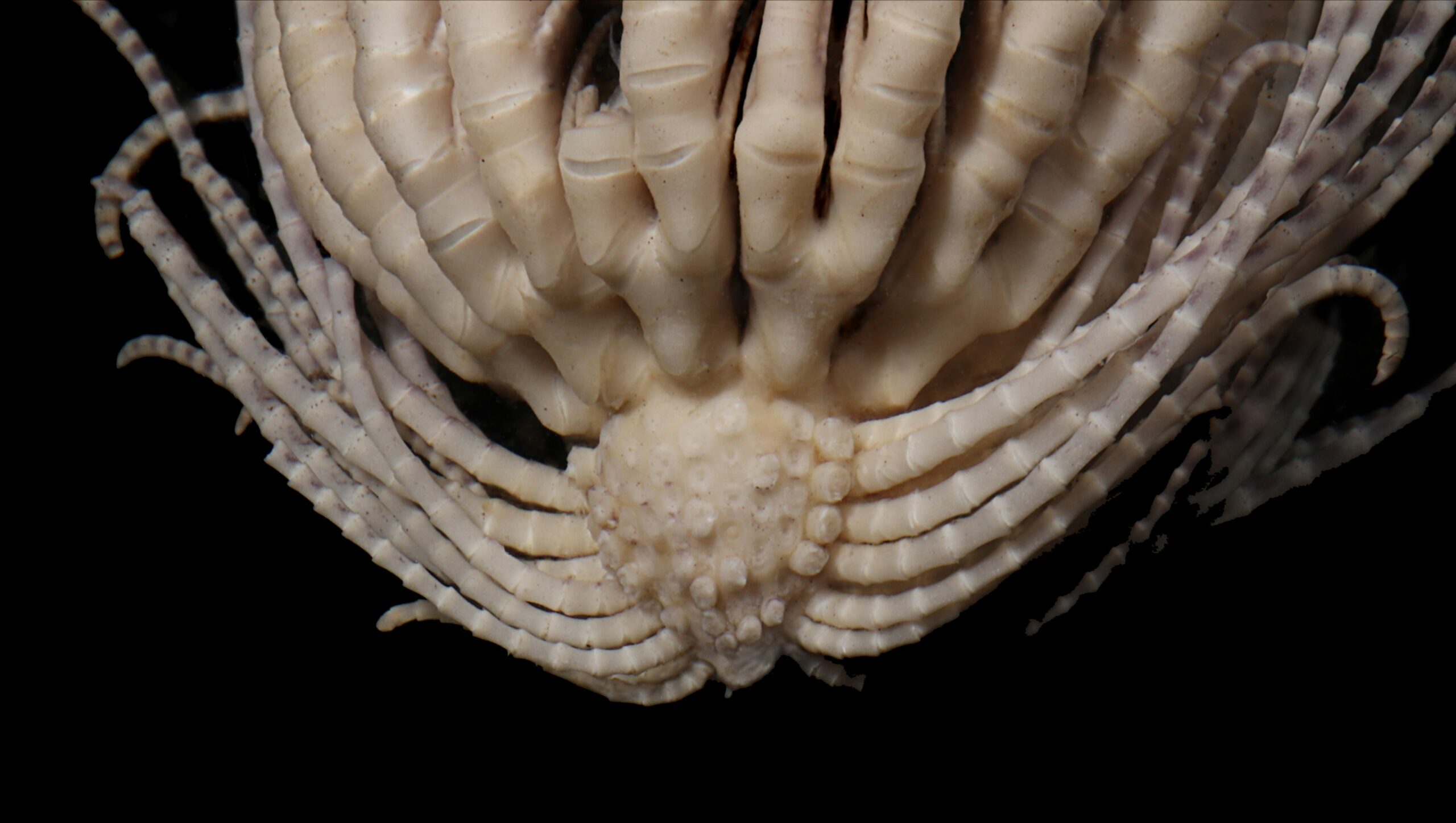In a surprising discovery, a team of scientists from Australia and the United States found a “new, creepy-looking underwater species” after they undertook a series of research expeditions near Antarctica, as per a report in CTV News. The new species is being dubbed the Antarctic strawberry feather since it resembles the shape of a strawberry. It has about 20 arms and the creature’s colour can range from “purplish” to “dark reddish”.

The findings of the same were published in the journal Invertebrate Systematics. The researchers went on several trips to the Antarctic Ocean between 2008 and 2017 in search of a collection of “cryptic” marine animals known as Promachocrinus species or Antarctic feather stars, which they characterised as having “otherworldly” motions.
The team took samples from all around the world, including the Siple Coast, Diego Ramirez and Prince Edward Island, the study added. “In total, the scientists were able to identify seven new species under the name Promachocrinus, increasing the total number of known Antarctic feather species from one to eight,” they said.
The scientific name of the species is ‘Promachocrinus fragarius’ and according to the study, the name Fragarius is derived from the Latin word “fragum,” which means “strawberry.”
The researchers also added that these are enormous creatures which can live anywhere from about 65 to 1,170 metres underwater. The Antarctic strawberry feather star appears to be an alien-like creature at first glance. When one zooms close on photographs of the aquatic creature, its strawberry-like form and texture become more visible.
According to the researchers, dark taxa, or undiscovered species, from Antarctica can take longer than normal to uncover and identify “because of constraints on the scale of sampling necessary.” The scientists added, “Understanding which taxa are truly cryptic and only recognisable with molecular data, and those that are pseudocryptic and can be identified once characters have been revised in a molecular framework is important. Monitoring biodiversity requires robust identification of taxa and this can be very complicated when taxa are truly cryptic.”
The study was originally published in the journal Invertebrate Systematics on July 14 2023.




